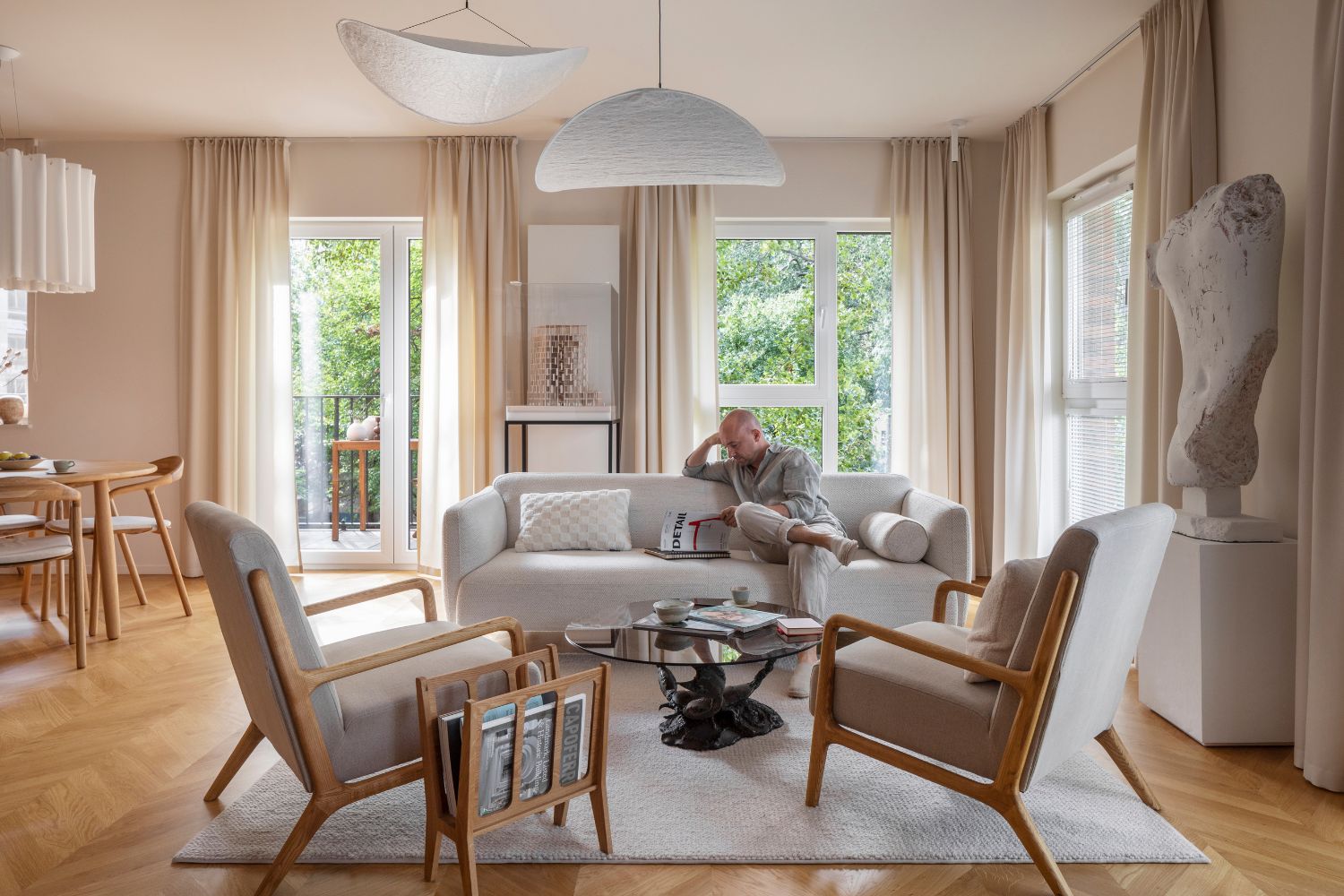- Home
- Articles
- Architectural Portfolio
- Architectral Presentation
- Inspirational Stories
- Architecture News
- Visualization
- BIM Industry
- Facade Design
- Parametric Design
- Career
- Landscape Architecture
- Construction
- Artificial Intelligence
- Sketching
- Design Softwares
- Diagrams
- Writing
- Architectural Tips
- Sustainability
- Courses
- Concept
- Technology
- History & Heritage
- Future of Architecture
- Guides & How-To
- Art & Culture
- Projects
- Interior Design
- Competitions
- Jobs
- Store
- Tools
- More
- Home
- Articles
- Architectural Portfolio
- Architectral Presentation
- Inspirational Stories
- Architecture News
- Visualization
- BIM Industry
- Facade Design
- Parametric Design
- Career
- Landscape Architecture
- Construction
- Artificial Intelligence
- Sketching
- Design Softwares
- Diagrams
- Writing
- Architectural Tips
- Sustainability
- Courses
- Concept
- Technology
- History & Heritage
- Future of Architecture
- Guides & How-To
- Art & Culture
- Projects
- Interior Design
- Competitions
- Jobs
- Store
- Tools
- More
Eco-Friendly Minimalist Storage Ideas for Sustainable Living

Minimalism is about valuing what matters and letting go of the rest. It’s not just a lifestyle—it’s a step toward sustainable living. Decluttering with eco-friendly storage solutions keeps your space serene and reduces waste. But what about the items you need occasionally? That’s where storage solutions for a minimalist lifestyle shine. Self-storage lets you maintain a tidy, minimalist home while keeping seasonal or sentimental items safe and organised.
With the right approach to eco-friendly storage and mindful organisation, you can simplify your life, minimise your footprint, and embrace a truly minimalist way of living. In fact, a survey revealed that 77% of Americans strive to be waste-conscious, yet the average person still throws away 12 items daily.
Implementing minimalist storage solutions can help reduce this daily waste. Here are some ideas to get you started.
Table of Contents
ToggleThe Role of Self-Storage in Minimalist Living
Minimalism thrives on simplicity, and self-storage is its quiet sidekick. When you’re decluttering, it’s not always about tossing everything out—it’s about focusing on what truly matters. Storage supports a minimalist lifestyle by giving you the freedom to keep essentials in your home while storing items that are sentimental, seasonal, or just not in everyday use. The result? A serene, functional living space that aligns perfectly with minimalist principles.
Think about it: those holiday decorations, ski gear, or childhood keepsakes don’t need to take up prime real estate in your closet. Self-storage helps you keep your home clutter-free without parting with the things you love or might need down the road.
It’s also a smart choice for sustainability. Instead of discarding items you’ll use later and buying replacements, self-storage reduces waste and promotes a more eco-conscious lifestyle. By keeping only what’s necessary at home and storing the rest responsibly, you’re not just embracing minimalism—you’re making choices that are kind to the planet.
Minimalism isn’t about less for the sake of less. It’s about making space for what’s meaningful. With self-storage, you can have a home that’s calm, intentional, and free from excess while holding on to what’s truly valuable.

Sustainable and Eco-Friendly Self-Storage Practices
Going green with self-storage? It’s easier than you think. Start by rethinking how you pack. Skip the single-use plastic bins and opt for sturdy reusable containers. Need labels? Choose recycled paper or biodegradable tags to keep things eco-friendly and organised. It’s all about small swaps that add up to a big difference.
When picking a self-storage facility, look for ones that walk the sustainable talk. Think energy-efficient lighting, solar panels, or certifications like LEED. These providers show they’re not just about storing your stuff—they care about the planet, too. Bonus points if they offer recycling programs on-site!
Finally, use your storage wisely. Group seasonal items—like holiday decorations or winter gear—together. It’s a simple trick that keeps your home clutter-free and makes finding things a breeze when you need them. Storing what you don’t need daily creates a calm, minimalist space at home while still holding on to what matters.
Sustainability and storage go hand in hand when you plan smart and think green.
Eco-Friendly Storage Solutions for Your Home
Your home storage doesn’t have to scream plastic bins and chaos. With a few clever swaps, it can be as stylish as it is sustainable. Start with natural materials—bamboo shelving is lightweight, durable, and looks sleek in any room. Wicker baskets? Perfect for tossing in toys, blankets, or odds and ends while adding a cosy, natural vibe. Wooden crates are another winner. Stack them, paint them, or leave them raw—they’re versatile and eco-friendly.
When space is tight, compact storage is your best friend. Think ‘vertical’. Wall-mounted shelves or pegboards can work wonders without eating up floor space. And don’t forget about those sneaky storage hacks, like under-bed drawers or collapsible boxes that vanish when not in use.
For the ultimate minimalist win, go for dual-purpose furniture. Storage ottomans hide clutter and double as seating, while modular units can adapt to your needs—today’s bookshelf might become tomorrow’s room divider. These pieces aren’t just practical; they fit right into your streamlined, clutter-free aesthetic.
Eco-friendly storage doesn’t just organise your home—it makes it feel calm, intentional, and totally you. It’s storage that works harder while treading lighter on the planet.

Upcycled and DIY Storage Ideas
Who says storage has to be boring? With a little creativity, you can turn cast-offs into clever, stylish storage solutions. Got old wine crates? Stack them to make rustic shelves or nail them to the wall for instant floating storage. Glass jars aren’t just for jam—use them to organise small items like nails, buttons, or craft supplies. It’s functional and oh-so-charming.
For the DIY crowd, cardboard is your secret weapon. Cut and fold sturdy recycled cardboard into drawer dividers or create custom bins for your shelves. Have old pallets lying around? Sand them down and stack them to build a shoe rack or a compact shelving unit. Add a quick coat of eco-friendly paint, and you’ve got storage that’s both sustainable and chic.
These upcycled gems don’t have to stay at home either. Use them to organise your self-storage unit. Stack wine crates for easy access, or line jars along a shelf for small, important items. It keeps your space tidy and adds a touch of personality to what could be a sterile storage locker. Size is crucial when developing your customized storage setup, as it ensures every item has its proper place. Knowing what the common items about six inches long are and how you can fit them neatly into containers or drawers will make your space far more efficient. This attention to detail reduces clutter and maximizes the usability of your unit. Over time, it also saves you the hassle of searching through disorganized boxes.
DIY and upcycled storage are all about making something new from what you already have. It’s sustainable, stylish, and totally satisfying. Why buy when you can build?
Storing for Sustainability: Long-Term Benefits of Self-Storage
Self-storage isn’t just about stashing stuff—it’s about saving resources. Think about those baby clothes your little one has outgrown. Tossing them would be wasteful, but storing them for a future sibling or a friend in need? That’s sustainable thinking. The same goes for furniture. Instead of discarding that comfy chair that doesn’t fit your current space, store it for your next move or a revamp.
By holding onto what you’ll genuinely use later, you reduce waste and avoid the cost (and environmental impact) of replacing items down the road. It’s about extending the life of your possessions instead of contributing to the throwaway culture.
But here’s the key: only store what truly adds value to your life. If it’s something you love, need, or know you’ll use again, it’s worth keeping. If not, consider donating or recycling it instead. Mindful storage isn’t about hoarding; it’s about choosing wisely and living lighter.
With self-storage, you’re not just saving space—you’re making choices that are kind to your wallet, your future, and the planet. That’s sustainability in action.
Minimalism in Small Spaces: Smart Solutions
Living small doesn’t mean living cluttered. When space is tight, think up—literally. Vertical storage is a lifesaver in small apartments. Stackable units can turn a corner into a storage powerhouse, while hanging organisers free up precious floor space. Floating shelves? Perfect for books, plants, or decor without crowding your room.
For the things you don’t need every day, combine self-storage with your home setup. Seasonal gear, like winter coats or holiday decorations, can live in your storage unit, freeing up space at home. It’s a seamless way to keep your living area light and functional without giving up the things you love.
At home, keep items out of sight but within reach. Invest in ottomans with hidden compartments or under-bed drawers for easy access to essentials. Label bins or baskets so you’re not digging through piles when you need something. Smart storage is about making life easier, not harder.
Minimalism in small spaces isn’t about sacrifice—it’s about strategy. With a little planning and the right storage tricks, even the tiniest apartment can feel open, organised, and oh-so-peaceful.

Finding the Right Balance Between Storage and Sustainability
Storage is a tool, not a crutch. It’s easy to tuck things away and forget about them, but true sustainability comes from being mindful about what we keep. Before you store, ask yourself: Do I love it? Will I use it? Does it matter? If the answer is no, it’s time to let it go.
Decluttering isn’t a one-time thing. Schedule regular check-ins to review both your home and self-storage spaces. That box of “maybe someday” items? Open it up. If you haven’t touched it in a year, it’s probably safe to say goodbye. Seasonal gear and keepsakes get a pass, but only if they still serve a purpose.
When you part with things, think sustainably. Donate clothes, books, or furniture to someone who can use them. Recycle what’s beyond repair. By moving things along instead of storing them indefinitely, you keep your spaces—and your conscience—clear.
Storage should support your minimalist lifestyle, not work against it. By staying intentional and keeping only what truly adds value, you strike the perfect balance between organisation and sustainability.
Conclusion
Eco-friendly storage isn’t just about keeping things tidy—it’s about living with purpose. By choosing sustainable options, you can organise your space, reduce waste, and support a healthier planet. Minimalism thrives in simplicity, and thoughtful storage makes it possible to focus on what truly matters.
Self-storage plays a quiet but powerful role here. It creates breathing room at home, giving your essentials the spotlight while safely tucking away the sentimental or seasonal. It’s not about hiding clutter—it’s about creating a serene, functional space that reflects your values.
Ready to embrace the balance of minimalism and sustainability? Start small. Explore eco-friendly self-storage options and rethink the way you organise. Make mindful choices, and watch as your home—and your life—transform into something lighter, calmer, and more intentional. It’s time to store smarter and live better.
illustrarch is your daily dose of architecture. Leading community designed for all lovers of illustration and #drawing.
Submit your architectural projects
Follow these steps for submission your project. Submission FormLatest Posts
Why Timely Intervention Is Critical In Controlling Household Pest Problems
Pests move fast, so your response has to move faster. The sooner...
Evaluating Safety and Care Needs for Aging Parents
Caring for a parent involves balancing respect for independence with real-world safety....
Solutions to Keep Every Room Organized
Clutter sneaks in fast, but a calm home is built one small...
How to Read Construction Drawings: A Practical, Field-Tested Guide
How to read construction drawings: a clear, step-by-step guide to decode sheets,...












Leave a comment